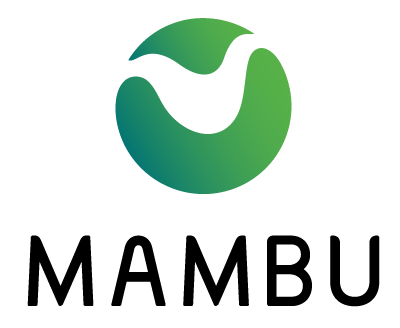- 03 Feb 2022
- 3 Minutes To Read
- Print
- DarkLight
- PDF
Refunding a SEPA Direct Debit
- Updated On 03 Feb 2022
- 3 Minutes To Read
- Print
- DarkLight
- PDF
Refunds, also referred to as chargebacks, are claims by the debtor for reimbursement of a collection taken from their account. For business-to-consumer (B2C) payments made using SEPA Direct Debit, banks must provide consumers with a no-questions-asked refund of any collection. This refund should be made immediately and it is then up to the bank to reclaim the refunded amount from the merchant. Any dispute resolution must be handled outside of the scheme, typically according to the terms and conditions the consumer agreed to. For business-to-business (B2B) payments, refunds are not guaranteed or provided for in the scheme and so must be handled between the debtor and creditor directly according to their agreed contractual obligations.
The SEPA Core Direct Debit scheme recognizes two main types of refund request; refunds for authorized payments, and refunds for unauthorized payments. Each type has its own timeline. For business-to-business payments, the SEPA Direct Debit B2B scheme only provides for refunds for unauthorized payments, that is, fraudulent payments, payments taken after cancelling a mandate, before confirmation of a mandate or taken after a mandate had expired. The scheme considers a mandate to have expired if 36 months have passed since the last payment was taken. Any refund request made for an unauthorized payment, by either a business or a consumer, must be backed by supporting evidence.
A refund is linked to a collection order and the SEPA message must contain the original collection order ID. When a refund is made, the credit to the debtor is made immediately and a refund message is generated and picked up by the outgoing Direct Debit scheduler at the next opportunity.
Acceptable reasons and time limits
The SEPA scheme defines acceptable time limits and reasons. A reason code must be supplied when making a refund request.
Time limits
| Instrument | Timeline |
|---|---|
| CORE | Within 8 weeks of settlement, or 13 months in cases of unauthorized transactions |
| B2B | Within 13 months of settlement in cases of unauthorized transactions |
Reason codes
| Code | Acceptable usage | Example |
|---|---|---|
MD01 | Unauthorized | No mandate, mandate not yet confirmed, fraud or otherwise unauthorized transaction |
MD06 | Customer request | SEPA Core offers debtors a no-questions-asked refund within eight weeks of settlement |
Statuses for a refund
| Status | Description |
|---|---|
To be refunded | The refund request has been made and will be processed |
Refunded | The payment has been refunded and a refund message generated but not necessarily sent yet |
Refunding a collection via UI
To refund a payment from the UI:
- Navigate to the payment your customer has requested a refund for in the SEPA DD Incoming screen.
- Select the instrument used (CORE or B2B).
- Select a Settlement Date.
- Open the transaction.
- When you are confident that this is the correct transaction, click again to open the detail view. From this view you can choose the appropriate reason for the refund from the drop-down list.
- Select Refund payment.
Once the refund request has been processed, the transaction will receive the status To be refunded.
Once the refund has been successfully completed, in the same detail view you will see the related refund transaction and its current status. The original transaction will receive the status Refunded and the related Mambu transaction ID for the refund will be visible in the Additional information field as storno transaction.

Refunding a collection via API
To refund a payment via API you will need to use our Direct Debit Refund endpoint that takes a collectionId as path parameter and a JSON body containing the reasonCode for the refund. Acceptable reason codes are listed in acceptable reasons and time limits, any other value with result in an HTTP 400 error with the error reason badReversalReasonCode.
If the operation was successful you will receive an HTTP 200 ok response, the refund will be added to the queue, and processed by the SEPA Direct Debit scheduler. You can follow the progress of the refund in the Mambu Payment Gateway UI. When you open the detail view for a refunded payment, the original transaction and linked refund will be shown side by side.


